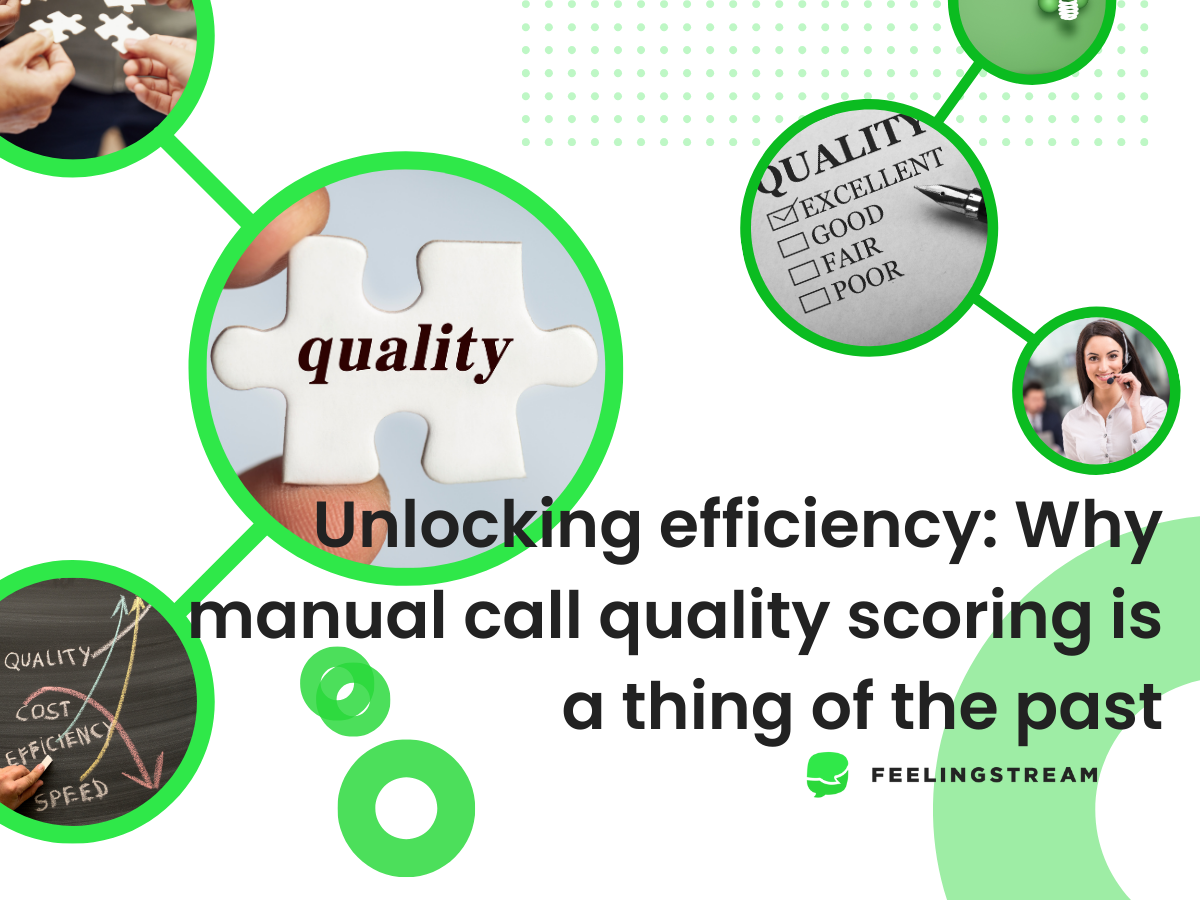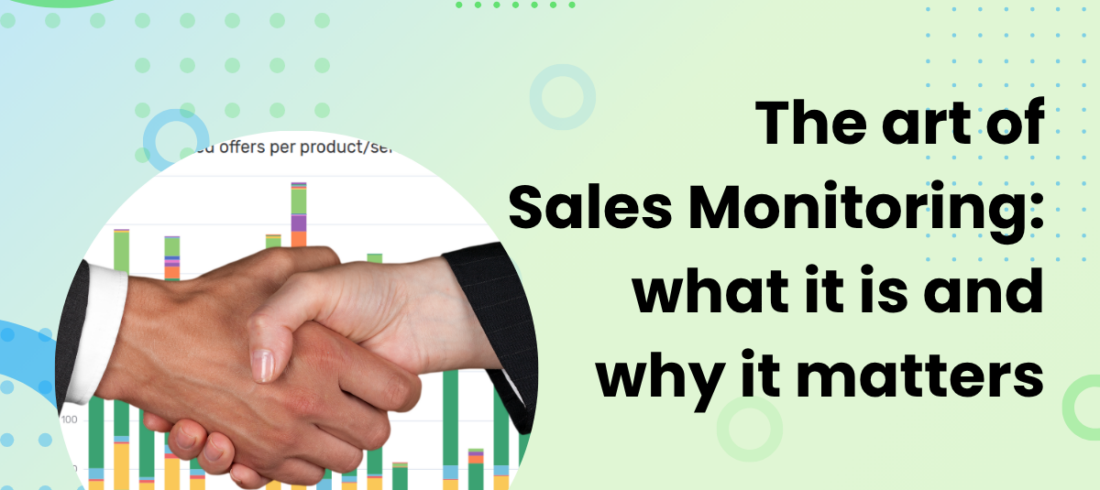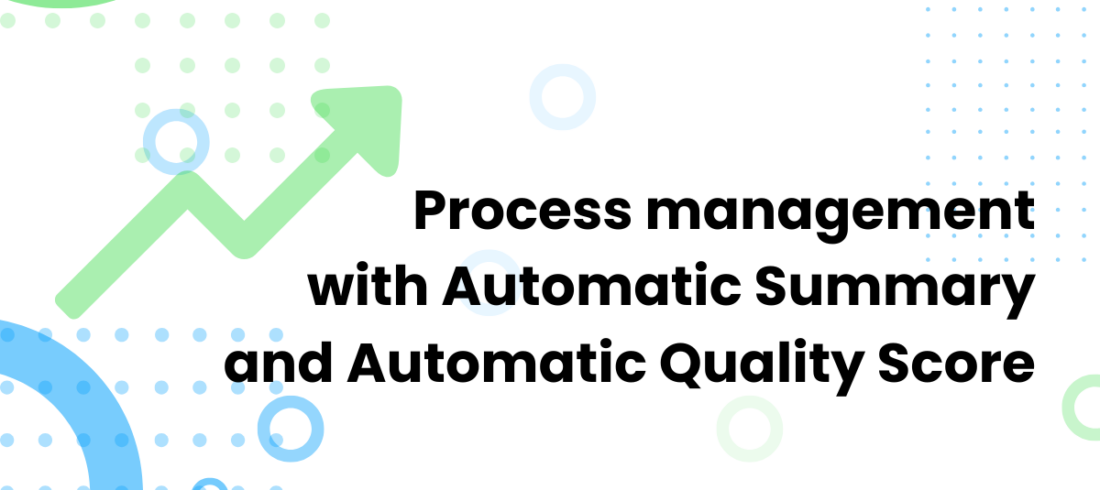Efficiency is one of the core values of Feelingstream. It is critical to optimise operations and workflow no matter what size call centre you are in charge of. One area where efficiency can have a significant influence is call quality rating. The process of manual call quality scoring is inefficient, time-consuming, and difficult.
We discussed a number of reasons why manual call quality assessment is not a good idea in a past post. If you haven’t already done so, click here to read it. In this blog post, we’ll look at several additional factors that have made manual grading methods outdated.
The challenges we face with manual call quality scoring
Manual call quality scoring involves listening to recorded calls, analysing various aspects of the calls, such as script compliance, and assessing the satisfaction of customers. So far, doing this manually has been useful, but there are many more simple ways to do quality assessments. Not to mention that manual checking has a number of limitations:
- It is time-consuming.
- For the person assessing the calls, they must listen to, evaluate, and give feedback for every call. This process requires not only a significant amount of time , but also effort.
- As the number of calls grows, it becomes increasingly impractical.
- A random sample implies random selections, which may not provide an accurate and honest representation of the overall quality perception.
Subject to bias and human error
Manual call quality assessment is subject to bias and human error due to the fact that people will inevitably make mistakes. These errors, regardless of how big or small they are, might lead to inconsistent evaluations and poor morale among the agents. People are biased, and sometimes they make decisions based on their own feelings rather than the facts presented. As a result, a fair comparison of the different calls becomes impossible.
The problem of inconsistent standards in manual call quality scoring
The next issue is that of inconsistent standards, which arises from the fact that different assessors may have different criteria for or interpretations of quality. Assessment can be very subjective at times. This, in turn, leads to inconsistent feedback and coaching.
Delayed input
Another issue with manual quality assessment is, that it does not provide real-time or near-real-time feedback, and manual scoring occurs only on rare occasions following the call. This leads to lost training opportunities or recurring issues. Assessors usually listen to recordings of calls long after they have happened. This can make it take longer to find and fix performance problems.
Also, manual scoring of calls often occurs infrequently; sometimes it’s only done on a periodic basis. This kind of random assessment increases the problem of delayed input. Agents may keep doing the same things or have the same problems if they don’t get help or coaching when they need it. This is not only bad for their professional development. It can also have an impact on customer satisfaction if challenges continue.
Limited scalability
As your call centre continues to expand, manual scoring will become even less scalable. Because there will be more work to complete as a result of the increased number of calls, it is harder to analyse each call in the same way each time. Because of this, it’s possible that some calls won’t be analysed, which could make it hard to keep quality standards and give agents useful input. Manual scoring is hard to scale up, which shows how important it is to have call quality assessment systems that are automated and more efficient so that complete and timely evaluations can be made even when there are a lot of calls.
Would you like to know the advantages of automating your call quality analysis? Then keep an eye on our blog and stay tuned for an upcoming post about the rise of automated call quality scoring.




